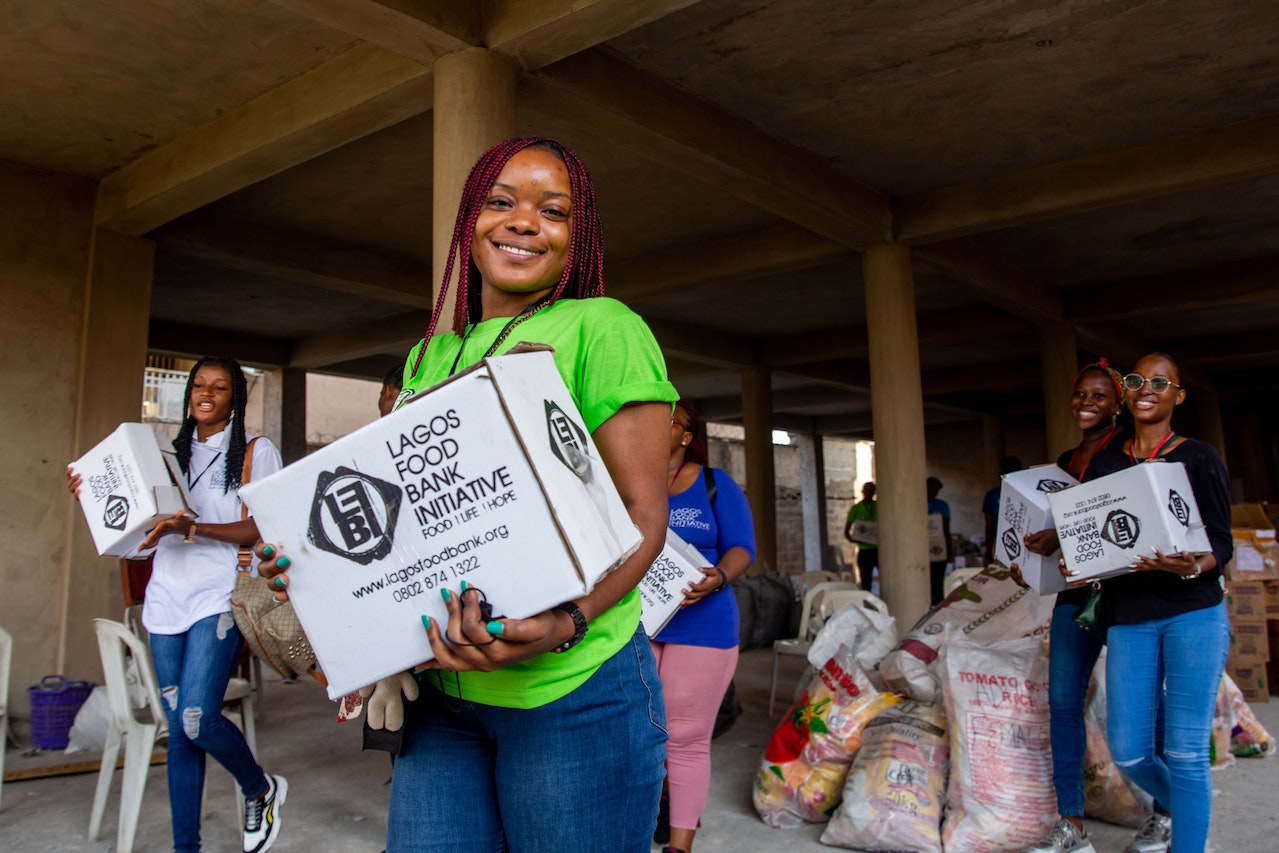Food Crisis: Are We Prepared?
It is predicted that the global famine caused by this crisis will lead to massive death. Around 5 billion people will starve to death. Half of them are kids aged up to 14. Based on the UN report, it is assessed that around 1 billion people will die of hunger in 2022.
One-fifth of the global population will be in danger of undernourishment by 2022. The Food Crisis of 2022 has already started to become a reality in many parts of the world particularly amongst the poorest nations. The rate of undernourishment has grown to alarming levels in numerous nations.
There are numerous causes of the food crisis of 2022, but it happens mainly due to wars in countries and extreme weather conditions that impacted crop growth. Since the drought in 2021, the world crop production has been reduced by more than 20%. This caused a rapid rise in prices of staples like corn, wheat, and soybeans. As a result, the cost of grain-based products like bread, pasta, and flour soared.
The most affected territories are those that rely on imported grain to supplement their locally grown supplies. These countries include Egypt, Iraq, Saudi Arabia, Turkey and Yemen. In these territories the cost of food has more than doubled in less than two years. The crisis has had a devastating impact on the local populations with famine-like factors being reported in some areas due to large-scale migration from rural territories to urban centers.
The world is facing a food crisis in 2022. With the rising population, demand for food and water has risen. Agricultural production has started to decline. The gap between supply and demand started to widen due to the Russian invasion in Ukraine. Also, global warming will cause some arable land to be converted into deserts. As a result, the supply of food and water will become even less than before.
3 Reasons for Lack of Food Security
There’re grounds for the insecurity which are complex and multidimensional and might imply an analysis of economic, social, political, environmental and cultural determinants. The underlying reasons for food security may be broken down into three categories: climate change, political instability, and COVID-19.
Conflicts and Wars
While there are multiple factors that cause people to be food insecure, the most common factor is conflict. Conflict may be any event that disrupts the stability of a country or community. This can include natural disasters, acts of war, internal fighting between political parties/factions, and even organized crime. Conflict is one of the leading causes of food insecurity worldwide because it limits access to resources and services such as clean water and sanitation, healthcare, education, and employment opportunities.
Climate Change Is Making Hunger Crisis Worse
Climate change affects agriculture around the world by causing extreme weather events (like floods and droughts) that can destroy crops and hinder the growth of new ones. Economic instability also makes it difficult for farmers to plan for the future, especially when they don’t know whether their crop yields will be strong enough to support them financially next year. Political instability in areas where wars are being waged or governments are unstable can cause additional problems for farmers who lack resources and support from their community.
COVID-19
More than 10% of households are now spending more than 75% of their income on food alone. And COVID-19 is such an important issue — it not only causes a huge number of deaths each year, but it also exacerbates global poverty, inequality and disruption of food supplies.
How To fix the Problem
The International Food Crisis Task Force was formed by the World Bank Group and other international organizations in response to this crisis. Their aim was to prevent further escalation of the situation by providing emergency aid to governments whose citizens’ lives were threatened.
This situation will not be easy to resolve as the long-term effects are still unknown. The National Department of Agriculture estimates that it will take at least 10 years for global food production to return to pre-crisis levels. In order to respond to escalating needs, there are three things that are needed:
Food distributions – ensuring that there is enough food in the country so that families can buy groceries; This allows them to choose what they need and when they can get it, and prevents aid from affecting local prices. These distributions must be carefully planned and coordinated with national governments, which have the ultimate responsibility for food security.
Cash or vouchers – so families are able to buy food themselves; This allows them to choose what they need and when they can get it, and prevents aid from affecting local prices. These distributions must be carefully planned and coordinated with national governments, which have the ultimate responsibility for food security.
Scaling up mechanisms of protection – safety nets and more efficient disaster response systems. The World Food Programme (WFP) works with governments around the world to identify areas in danger of hunger crisis and take measures to prevent them from occurring in the first place.









